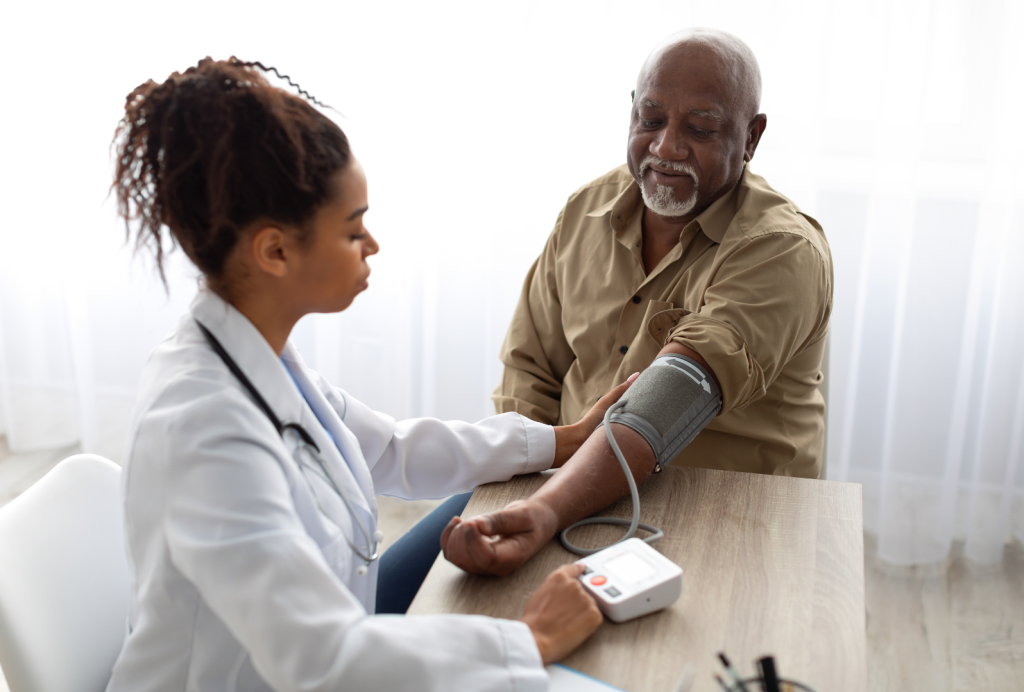Recommendations for further evaluation
- Further user interviews and follow up over a longer time frame to provide a wider evaluation of the impact of services.
- Further quantitative analysis needed to explore the impact of services.
- Explore why some communities did not engage with evaluation.


